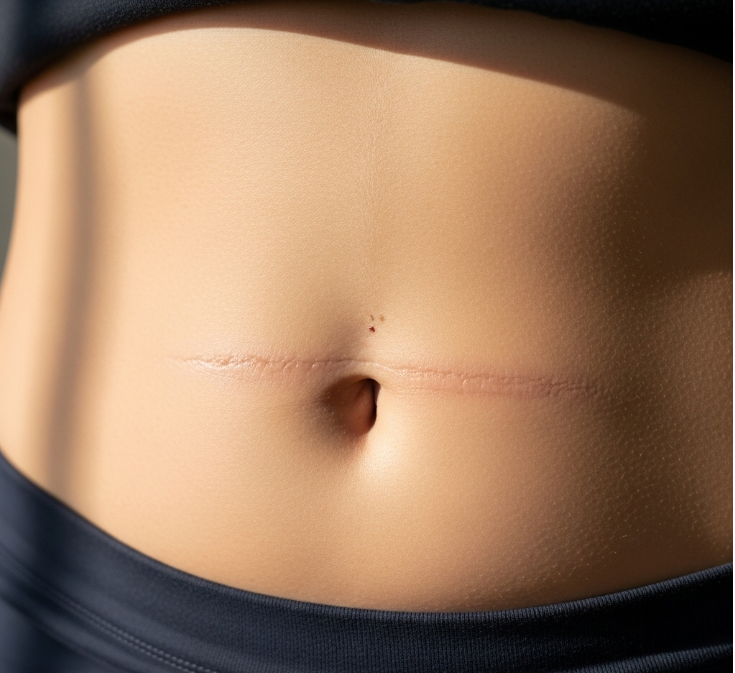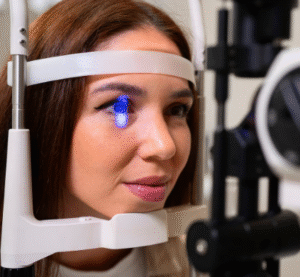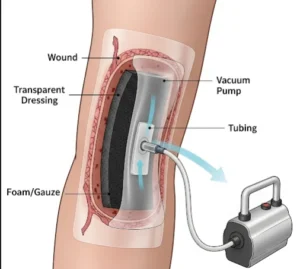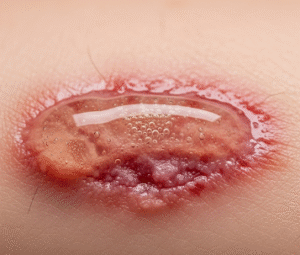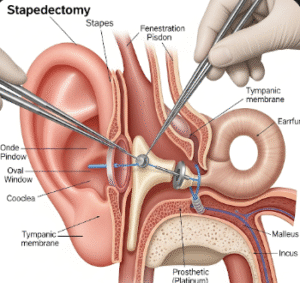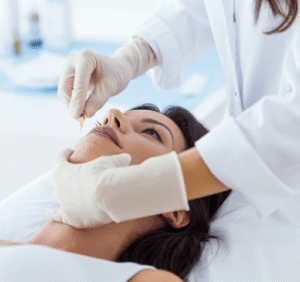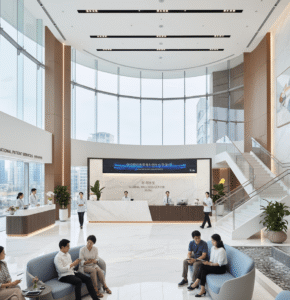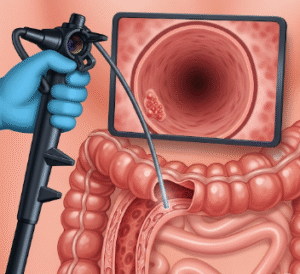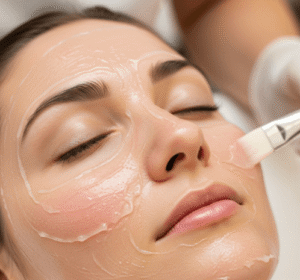What It Is
C-section scar revision is a surgical or minimally invasive procedure designed to improve the appearance, texture, and placement of a cesarean section scar. While most C-section scars heal well, some may become thick, raised, depressed, wide, or pigmented, leading to cosmetic or functional concerns.
In Korea, scar revision is performed using plastic surgical excision, layered suturing, laser therapy, microneedling, fat grafting, and sometimes dermal substitutes to achieve smoother, less visible, and more natural-looking scars.
Why It’s Done
Women choose C-section scar revision because:
- The scar is raised (hypertrophic) or thick.
- The scar is sunken, tethered, or uneven, causing skin folds.
- They want to reduce hyperpigmentation or redness.
- The scar causes discomfort, itching, or tightness.
- They want to improve aesthetic appearance and confidence.
Good candidates include:
- Women with fully healed C-section scars (typically 6–12 months old).
- Patients in good overall health.
- Those with realistic expectations about scar improvement (scars can be improved, not erased completely).
Alternatives
- Laser treatments (fractional CO2, pulsed dye): Improve texture, thickness, and color.
- Steroid injections: For thick, hypertrophic, or keloid scars.
- Microneedling or RF microneedling: Improves texture and collagen remodeling.
- Topical silicone gels/sheets: Helpful for early scars.
Preparation
Before C-section scar revision in Korea, patients will:
- Have a consultation and scar evaluation (texture, pigmentation, thickness).
- Stop smoking and alcohol 2–4 weeks before treatment.
- Avoid blood-thinning medications and supplements.
- Plan for downtime depending on the type of treatment chosen.
How It’s Done
- Surgical revision:
- The scar is excised, and the wound is closed with layered, fine sutures for better healing.
- In cases of tethered scars, fat grafting or dermal fillers may be added.
- Laser therapy: Fractional CO2 or vascular lasers improve scar texture and color.
- Microneedling: Creates controlled micro-injuries to stimulate collagen remodeling.
- Combination: Surgical excision followed by laser or microneedling for optimal results.
- Duration: 1–2 hours for surgery; 30–60 minutes for non-surgical treatments.
Recovery
- Surgical revision: Swelling, bruising, and soreness for 1–2 weeks; sutures may be removed in 7–10 days.
- Non-surgical treatments: Mild redness and sensitivity for a few days.
- Return to activities: Light duties in 2–3 days for non-surgical, 1–2 weeks for surgical revision.
- Final results: Scars continue to fade and flatten over 3–12 months.
Possible Complications
- Scar recurrence or widening.
- Infection or delayed healing.
- Skin pigmentation changes.
- Rare risk of keloid formation (more common in patients prone to keloids).
Treatment Options in Korea
Diagnosis
Korean specialists assess scars through visual inspection, skin elasticity evaluation, and patient history to decide the best treatment.
Medical Treatments
- Steroid injections for hypertrophic scars.
- Topical silicone gels or sheets for early-stage scars.
Surgical or Advanced Therapies
- Excisional scar revision with meticulous suturing.
- Laser treatments (fractional, vascular) for scar remodeling.
- Fat grafting or dermal fillers for depressed scars.
- Combination therapies for best outcomes.
Rehabilitation and Support
- Scar management with silicone therapy, pressure garments, or laser follow-ups.
- Sun protection to prevent pigmentation changes.
- Long-term follow-up to monitor recurrence or hypertrophy.
- International patients benefit from Korea’s state-of-the-art scar treatment centers, advanced laser technology, and expert plastic surgeons.

